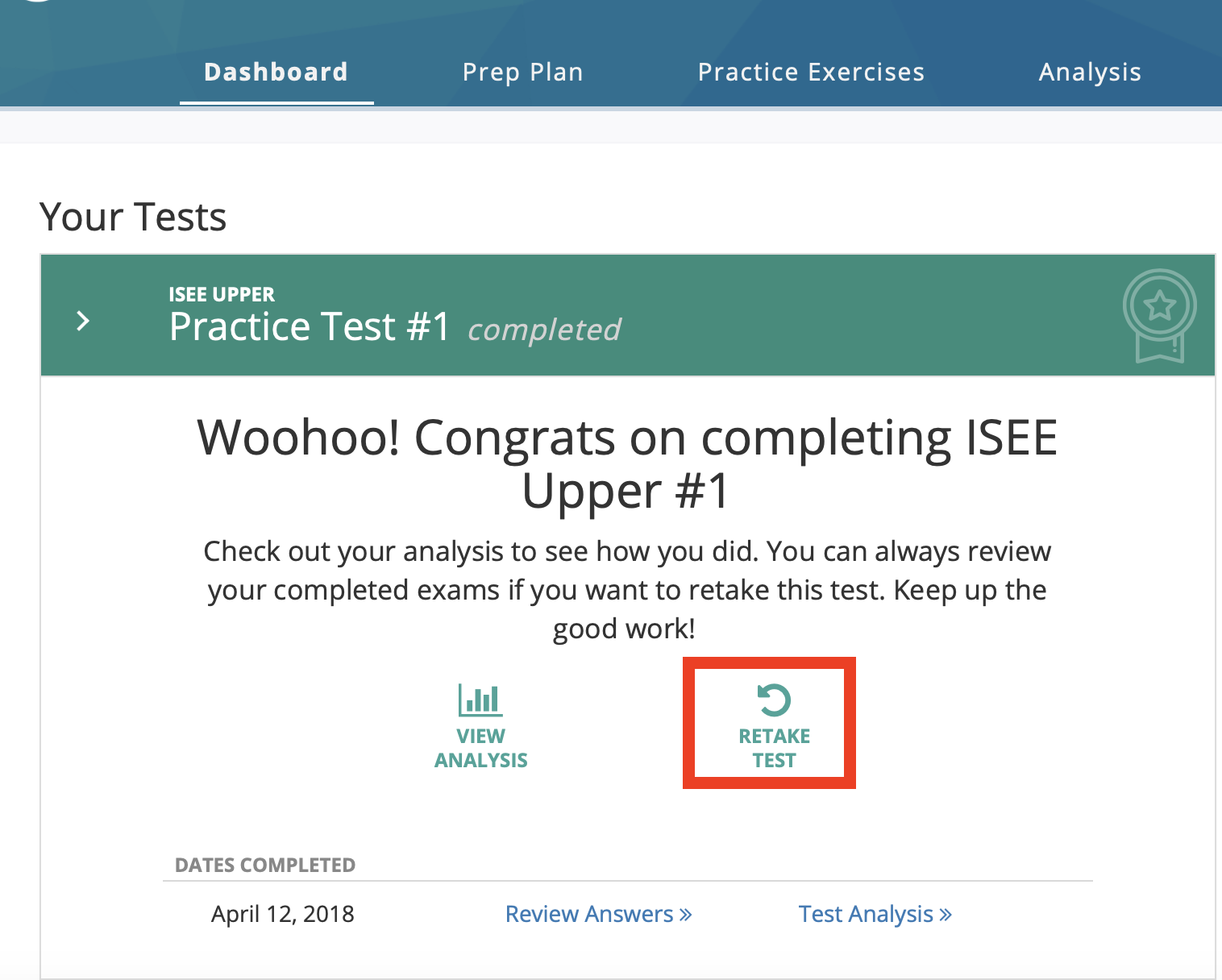In recent years, AI-driven code generators include made significant advances in transforming the particular software development landscape. These advanced equipment use machine learning algorithms to produce code based about user inputs, streamlining development processes plus enhancing productivity. Even so, despite their prospective, testing AI-generated code presents unique difficulties. This article goes into these challenges and explores methods to improve test finalization for AI program code generators.
Understanding typically the Difficulties
Code Top quality and Reliability
Challenge: One of the primary concerns together with AI-generated code is usually its quality plus reliability. AI types, individuals based on deep learning, might produce code that will functions correctly inside of specific contexts although fails in some others. The lack associated with consistency and devotedness to best practices can lead to untrustworthy software.
Solution: To address this, integrating broad code quality checks within the AJAI product is essential. This kind of includes implementing permanent code analysis resources that can discover potential issues prior to the code is perhaps tested. Furthermore, incorporating continuous integration (CI) practices ensures of which AI-generated code is tested frequently and thoroughly in different environments.
Test Insurance coverage
Challenge: AI-generated code may not constantly come with satisfactory test cases, top to insufficient analyze coverage. Without right test out coverage, undetected bugs and issues may possibly persist, affecting typically the software’s overall efficiency.
Solution: To boost test out coverage, developers may use automated evaluation generation tools that create test cases based on the code’s specifications plus requirements. Additionally, implementing techniques like modification testing, where moderate changes are brought to the code to test its robustness, will help identify weaknesses inside the generated code.
Debugging and Traceability
Test: Debugging AI-generated program code can be specifically challenging due to its opaque mother nature. Understanding the AI’s decision-making process plus tracing the roots of errors can easily be difficult, so that it is harder to tackle issues effectively.
Remedy: Improving traceability involves enhancing the transparency of AI designs. Implementing logging and even monitoring systems that will record the AI’s decision-making process could provide valuable insights for debugging. Moreover, developing tools that will visualize the program code generation process can aid in knowing how specific results are produced.
Circumstance Awareness
Challenge: AJAI code generators often have a problem with context consciousness. They may produce signal that is certainly syntactically appropriate but semantically completely wrong as a result of lack of understanding of the broader application framework.
Solution: To conquer this, incorporating context-aware mechanisms into the particular AI models will be crucial. This is often accomplished by training the AI on some sort of diverse set involving codebases and app domains, allowing it to better understand and adapt to different situations. Additionally, leveraging customer feedback and iterative refinement can help the AI increase its contextual comprehending over time.
Integration together with Existing Systems
Concern: Integrating AI-generated program code with existing devices and legacy signal could be problematic. The particular generated code may possibly not align along with the existing structure or adhere to the established coding standards, leading to be able to integration issues.
Remedy: Establishing coding standards and guidelines intended for AI code generation devices is essential for ensuring compatibility along with existing systems. Providing clear documentation plus API specifications can facilitate smoother incorporation. Moreover, involving experienced developers in the integration process could help bridge spaces between AI-generated and existing code.
Protection Concerns
Challenge: AI-generated code may expose security vulnerabilities in the event that not properly analyzed. Since their explanation are trained about vast datasets, there exists a risk that these people might inadvertently incorporate insecure coding procedures or expose sensitive information.
Solution: Implementing rigorous security examining and code reports is vital to identify and mitigate potential vulnerabilities. Utilizing automatic security scanning tools and adhering to protect coding practices can help ensure that AI-generated code meets high-security standards. Moreover, incorporating security-focused teaching in the AI’s learning process can boost its ability in order to generate secure program code.
Implementing Effective Remedies
Enhanced AI Exercising
To address the challenges associated with AI-generated code, that is crucial to enhance the training procedure of AI models. This involves working with diverse and superior quality datasets, incorporating best practices, and continually upgrading the models depending on real-world feedback.
Collaborative Development
Collaborating along with human developers throughout the code generation and even testing process could bridge the distance between AI functions and real-world specifications. Human input provides valuable insights straight into code quality, situation, and integration issues that the AI may well not fully address.
Adaptive Testing Strategies
Using adaptive testing strategies, such as test-driven development (TDD) and behavior-driven development (BDD), may help ensure that AI-generated code fits functional and non-functional requirements. These tactics encourage the design of test cases before the program code is generated, increasing coverage and stability.
Continuous Improvement
Constantly monitoring and sophistication the AI code generation process is essential for overcoming challenges. Regular updates, comments loops, and efficiency evaluations can support enhance the AI’s capabilities and tackle emerging issues properly.
Conclusion
AI program code generators have typically the potential to revolutionize software development by automating code creation and accelerating job timelines. However, responding to the challenges linked with testing AI-generated code is important for ensuring the quality, reliability, plus security. By putting into action comprehensive testing methods, improving AI training, and fostering effort between AI plus human developers, we can boost the performance of AI program code generators and pave the way for further robust and dependable software solutions. As technology continues to advance, ongoing work to refine and adapt testing techniques will be key to unlocking the full potential of AI in software growth.

